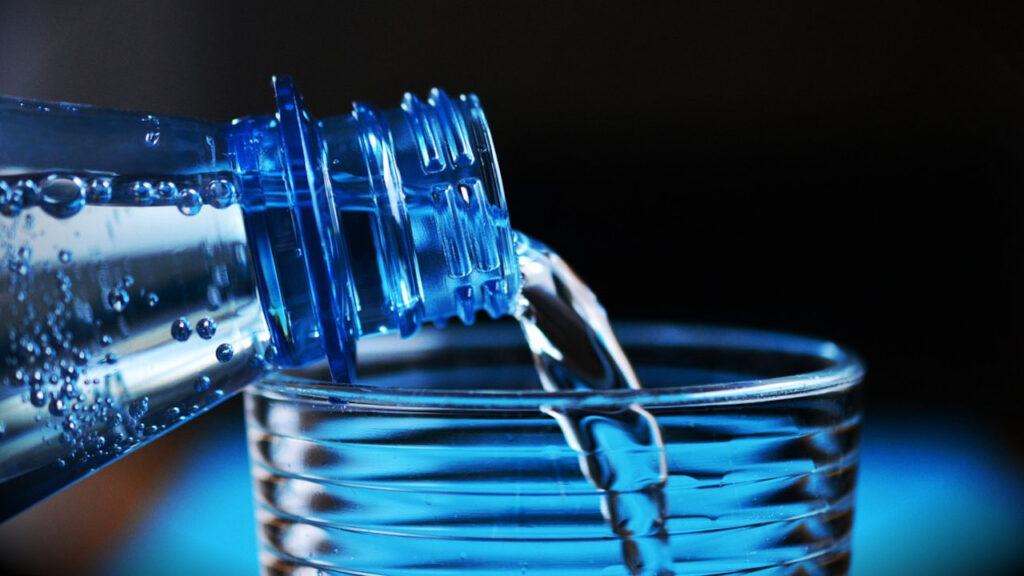A recent study, published in the Proceedings of the National Academy of Sciences, reveals alarming levels of microplastic contamination in bottled water, urging consumers to reconsider their choices. Here are the key findings:
- Microplastic Concentration: Through laser-powered microscopes, researchers found that a typical liter of bottled water contains between 110,000 to 400,000 microplastic particles, averaging around 240,000 pieces per liter.
- Particle Size: Shockingly, 90% of the plastic particles identified were nanoplastics, even smaller than microplastics. Nanoplastics are considered potentially more toxic due to their smaller size, making them more likely to enter the human body.
- Brands and Source: Although the brands under investigation remained unnamed, they were described as common brands available at a major national retailer. Researchers suspect the plastic originated from both the bottle itself and the filtration systems used by water companies to eliminate pollutants.
- Health Implications: While the health impact is still under review, past studies have indicated that microplastics can affect various systems in the human body, potentially causing chemical toxicity and the accumulation of environmental toxins.
- Researcher Response: The study has prompted researchers to reconsider their consumption of bottled water. Co-author Phoebe Stapleton now relies on filtered tap water, emphasizing concerns about potential health risks associated with bottled water consumption.
- Water Filtration Challenges: Unfortunately, relying on water filtration systems poses its challenges, as they can introduce microplastics into the water supply. Chemist Beizhan Yan, a study co-author, expressed the dilemma, stating, “there’s just no win.”
This discovery adds to the growing concerns about microplastic exposure, which has been found not only in bottled water but also in human tissues and even in the air we breathe. For further information on microplastics, refer to the National Library of Medicine.
References










